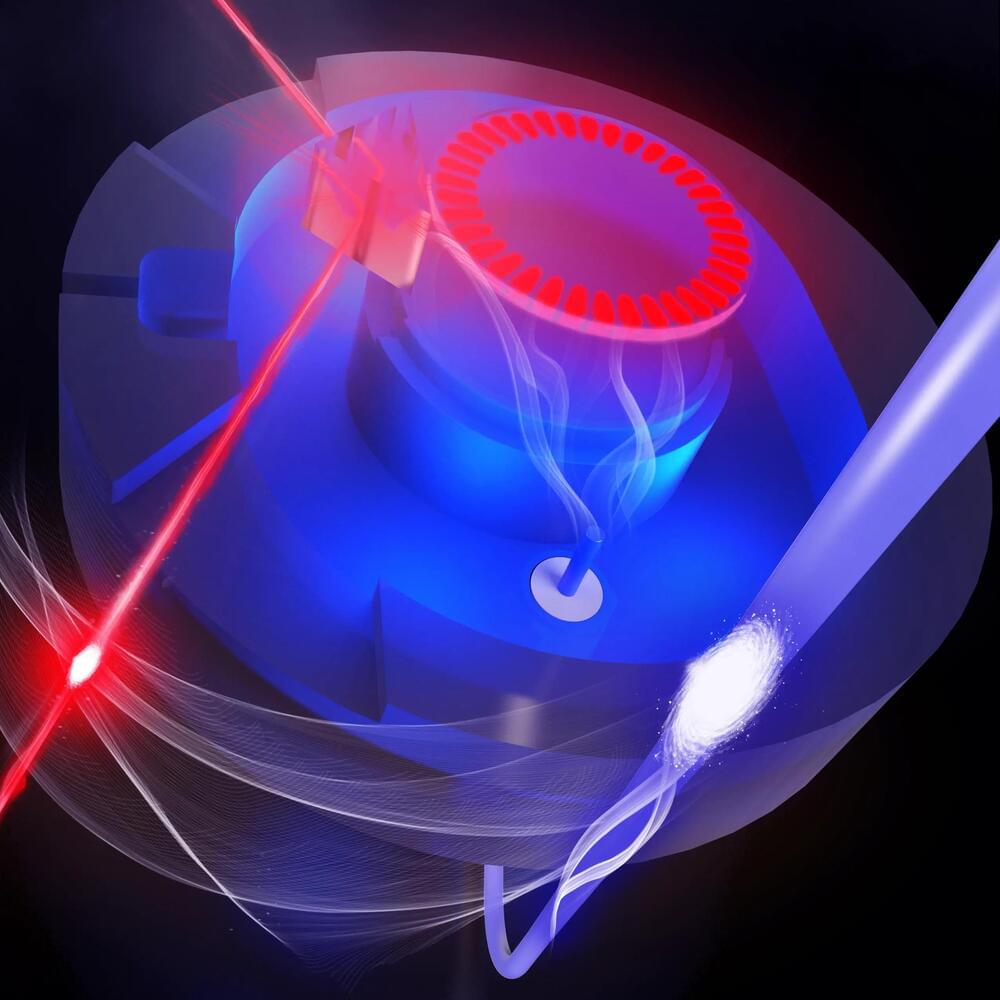Quantum computing holds the potential to tackle complex issues in fields like material science and cryptography, problems that will remain out of reach even for the most powerful conventional supercomputers in the future. However, accomplishing this feat will likely necessitate millions of high-quality qubits, given the error correction needed.
Progress in superconducting processors advances quickly with a current qubit count in the few hundreds. The appeal of this technology lies in its swift computational speed and compatibility with microchip fabrication. However, the requirement for extremely low temperatures places a limit on the processor’s size and prevents any physical access once it is cooled down.
A modular quantum computer with multiple separately cooled processor nodes could solve this. However, single microwave photons—the particles of light that are the native information carriers between superconducting qubits within the processors—are not suitable to be sent through a room temperature environment between the processors. The world at room temperature is bustling with heat, which easily disturbs the microwave photons and their fragile quantum properties like entanglement.
